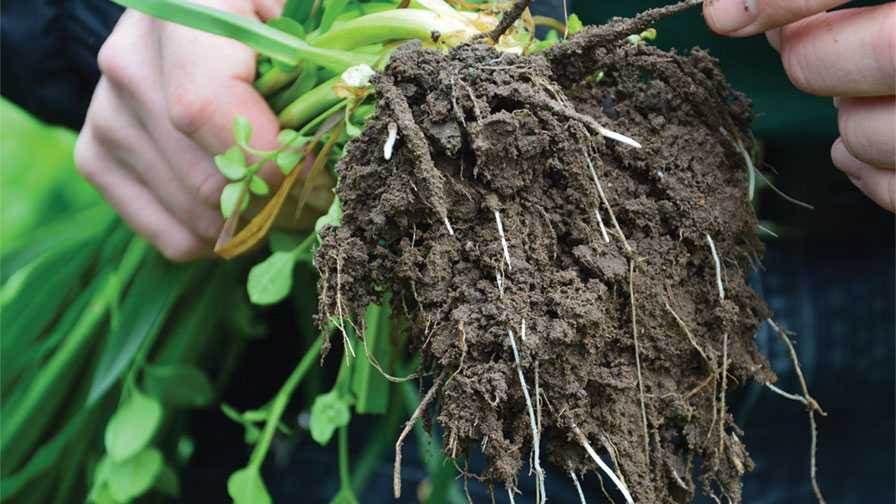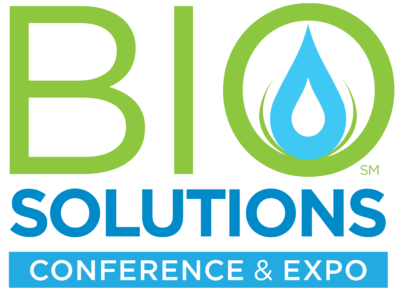
A lot of money is being poured into biological ag products. Analysts put the industry’s value at more than $3 billion globally. The industry includes soil microbes, biofertilizers, and biopesticides, all the way to beneficial insects. Within the next five years, the biological sector will grow to nearly $6 billion.
With a large amount of venture capital being invested in the sector, a lot of products and technologies are coming onto the market. That’s creating confusion among growers sorting out what’s what in the biological arena.
Biostimulants in particular are gaining traction. David Lanciault, President and CEO of Agricen Sciences, says research and application in the field shows a promising future for biostimulants. He adds the first order of business is demonstrating where they fit in within the broader biological sector.
That can be a little tricky when industry, the states, USDA, and EPA have not yet defined what biostimulants are.
“In the current regulatory environment, there is no agreed-upon defined legal term for biostimulants,” Lanciault says. “While we have an industry association (BiostimulantCoalition.org) and companies all over the world that are commercializing products and participating in technical conferences, it is still a term that lacks clarity and acceptance on where it fits within the regulatory environment. Industry is moving quickly on innovation, and is perhaps a bit ahead of the curve as we work with regulators to build alignment.”
The Biostimulant Coalition in consultation with the Association of American Plant Food Control Officials have agreed that the defined term “beneficial substances,” may be a useful umbrella under which many biostimulants could seek their own definitions. For example, a specific fulvic acid definition could be developed that might be placed under the beneficial substances category. Beneficial substances means any substance or compound other than primary, secondary, and micro-plant nutrients that can be demonstrated by scientific research to be beneficial to one or more species of plants, when applied.
Lanciault says broadly speaking, biostimulants do three things. First, they help improve nutrient-use efficiency. Second, biostimulants may help plants tolerate abiotic stresses like heat, cold, drought, and too much water. Third, they may help to improve quality attributes like nutritional content, appearance, and shelflife.
Types of Biostimulants
While the regulatory definition gets sorted out, Lanciault says growers should think of biostimulants in the larger categories various products fall into.
“When you look at biostimulants, it gets very broad,” he says. “There are probably 30 or 40 different classifications or products you could rattle off, but it is probably easiest to aggregate those into four big segments.”
The first and largest segment is the “acids,” including humic, fulvic, and other organic acids; as well as amino acids, among others. The second segment is “extracts” and includes items like seaweed (or kelp) extracts, plant extracts or botanical oils, and other organic matter extracts. The third category is “microbials” and is very diverse. It includes things like soil fungi and bacteria that help to improve nutrient cycling or availability in the soil; or aid a plant’s ability to uptake and use nutrients. The fourth category is “other,” which includes a mix of materials such as proteins, chemical salts, vitamins, and elements such as silicon. The category also could include small molecules or metabolites derived from organic sources.
Research Your Options
With the biostimulant industry being so diverse and growing so quickly, Lanciault suggests growers do their homework on the products available to them.
“It is important to learn whether or not the product has been validated by an appropriate source like Extension, crop consultants, or other qualified agronomists,” he says. “Make sure this validation was applied research, and not just what may work in a lab. Investigate the track record of the company and the products they are making claims about. There are so many of these products coming to market, it is easy to get caught up in the hype or get confused about what they can do.”
He says most universities are studying these tools, so they are a good starting point to learn more about biostimulants. The companies involved in the industry also are investing in their own research and trials, very often with third-party validators, to learn more about how these materials work. Technology providers are striving to develop products that fit seamlessly into growers’ existing production practices and can be shown to give a provable return on investment by improving nutrient uptake, plant health, yield, and quality.
“It is very important that growers understand how these products augment what they already are doing from not only an agronomic standpoint, but also from an economic standpoint,” Lanciault says.
